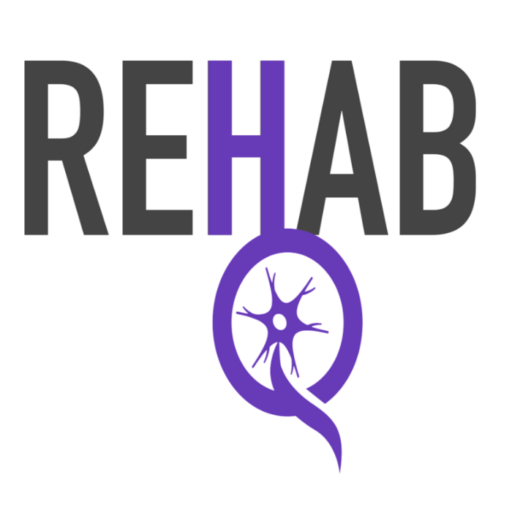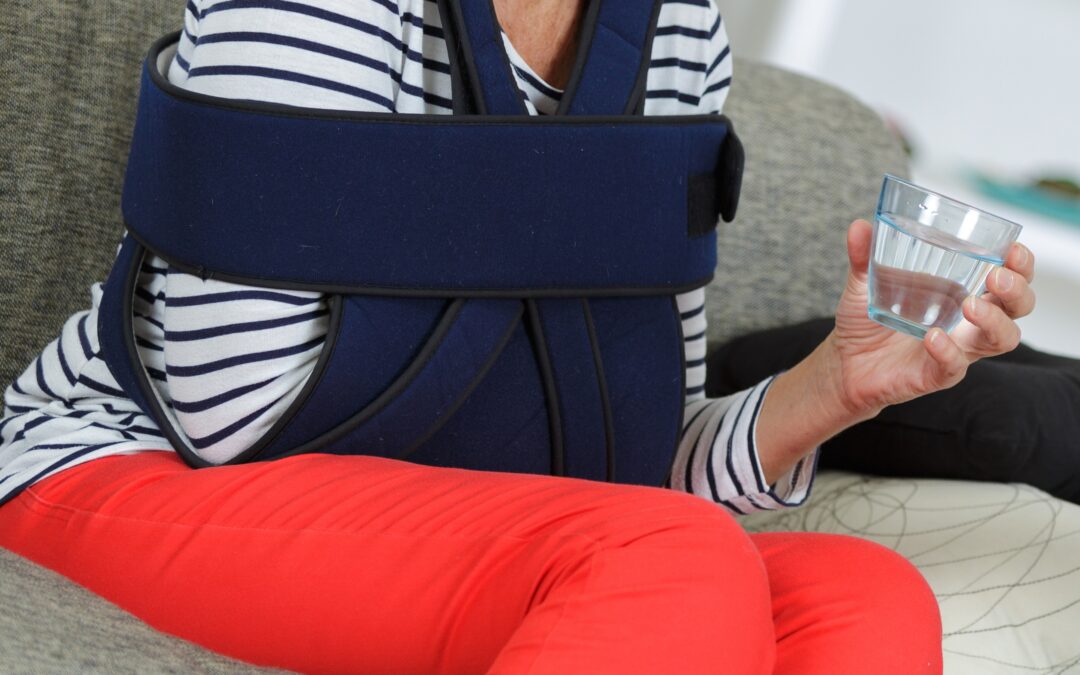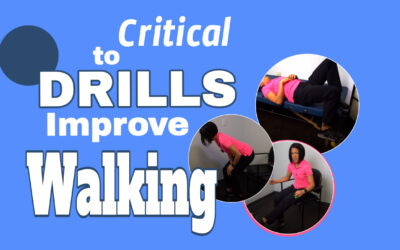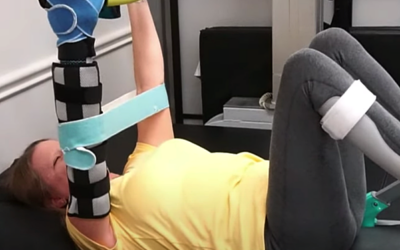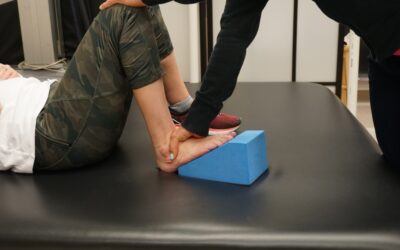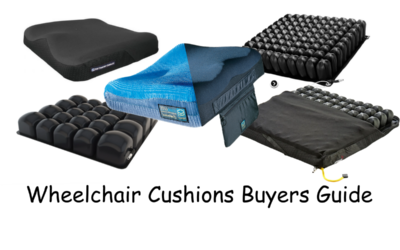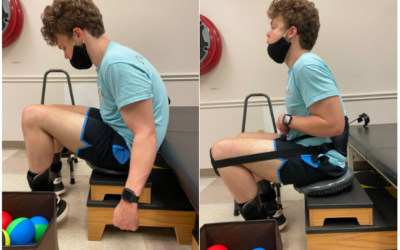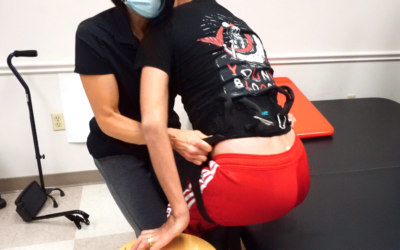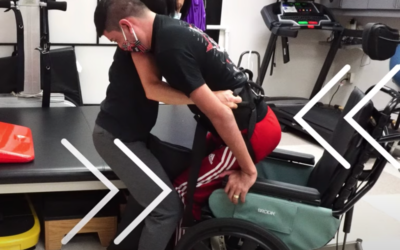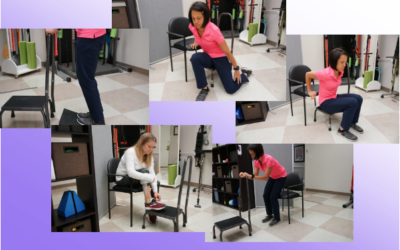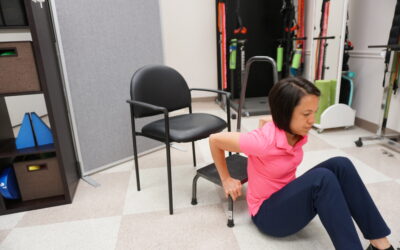Hemiplegia (weakness on one side of the body) can be a huge cause of disability following a stroke. This can make activities such as grasping, reaching, and manipulating objects difficult, if not impossible. Constraint Induced Movement Therapy has been well documented to have a positive impact on the quality of arm movement. On the other hand, there is much less convincing evidence that it improves overall disability or burden of care.
All that being said, it is still an extremely valuable treatment strategy with several studies reporting positive brain changes. Therefore, CIMT is definitely one of many tools that should be explored as a potential option as part of stroke rehabilitation program.
What is Constraint-Induced Movement Therapy?
CIMT includes a combination of restraining the uninvolved arm and “forcing” intensive use of the involved (or affected limb). Types of restraints include a standard arm sling, a splint combined with a resting hand splint, or a glove.
History of Constraint-Induced Movement Therapy (CIMT)
The concept that lay the foundation for CIMT was first documented by a German Scientist Munk in 1908. Munk reported that non-human primates would use an impaired arm if forced to do so for a purposeful or meaningful activity.
Several years later, (mid 1960s) this information was utilized to conduct studies with monkeys who had an injury to one hemisphere of the brain. In these later studies the animal’s “better arm” was constrained. As a result, they showed that under these conditions the monkeys would use the impaired arm.
And again in the 1980s this idea re-emerged with the work of Edward Taub, PhD, a behavioral neuroscientist, and his associates. Taub and his associates reported that constraining the involved limb could reverse the effects of “learned non-use”.
What is a standard CIMT protocol?
1. Intensive graded practice with the involved arm with activities aimed at task-specific use for up to six hours a day for two weeks.
2. Immobilizing the uninvolved arm during 90% of the waking hours.
Unfortunately, there are several reasons this protocol is not practical. First, due to insurance limitations and financial constraints, six hours of therapy per day is no possible. Second, asking patients to adhere to a protocol for 90% of their waking hours makes patient compliance (adhering to the protocol outside of therapy) a problem. And, finally, there is some concern for safety. For example, a few studies have reported arm burns caused by an iron.
Due to these factors, a modified CIMT protocol was created and has some moderately convincing evidence that it is equally effective as the traditional CIMT
What is a modified CIMT protocol?
1. Patients attend therapy three days per week for ten weeks where they perform goal-directed activities
2. Patients are asked to wear a mitt on the uninvolved hand for five hours per day (Monday through Friday) for the same ten week period
Compared to traditional CIMT, this protocol is less costly and is easier to implement. However, I have my doubts that the outcome is the same as a the traditional protocol. First, I think the non-compliance is far greater with this protocol. In addition to compliance issues, the dramatic decrease in therapy time make me doubt the claims that his protocol is equally effective.
Why does CIMT work?
Two main reasons why CIMT works.
Neuroplasticity
Neuroplasticity is the brain’s ability to reorganize after injury. One critical component of “brain rewiring” is repetitive practice. Clearly, with the number of hours spent “training” with a (traditional) CIMT protocol, the numbers would speak for themself. In other words, more time practicing will yield more learning. This would be very similar to elite athletes, who also play a “numbers game”. The “Michaels Jordans” and “Kobe Bryants” put in more numbers perfecting their craft to achieve their level of success.
Similarly, CIMT, when compared to “traditional” physical therapy, involves more time “training” each week. Therefore more “learning” and positive brain changes are possible.
Learned Non use
A stroke survivor recognizes early on that it is “too difficult” to use the involved arm and therefore learns ways around that. We call this compensation. Once the brain establishes that there is an easier way, it will take the path of least resistance. This is a form of learned nonuse. And actually you do get neuroplastic changes. Unfortunately the neuroplasticity (rewiring) that occurs actually occurs on the undamaged side of the brain.
Studies of CIMT, if started early, claim that you prevent learned non-use. As learned nonuse becomes more “engrained” into the “hard drive” of the brain, they actually see that the damaged side of the brain is further suppressed. It is important to note that this is different and separate from damage caused by the stroke. These negative changes are seen much later in recovery and therefore are (partially) preventable.
Walking Exercises for Stroke Patients
Many people inquire about the "best exercises" for stroke patients to improve walking. I like to use the term "Drills" when referring to "stroke exercises". Why? Because "Drills" are what I think of when I think of repetitive movement. Case and point, drills are...
Equipment for Stroke Arm Exercises
Products For a Spastic Arm Having the right tools for stroke arm rehabilitation is critical. Especially for those who have spasticity. Spasticity is an involuntary muscle contraction caused by damage to the brain and/or spinal cord. In the arm it can cause...
Foam Wedges: For positioning and more
Positioning/Stretching Foam Wedge This wedge is made of dense foam with a rubber base to keep it from sliding. Uses: It can be used to position the pelvis. It can be placed under the thigh in sitting to stop the leg from rotating outward. It can be used for bridging...
Complete Guide to Buying a Wheelchair Cushion
Wheelchairs are an extremely valuable piece of equipment during the neurologic recovery process. They provide a means of getting around when walking is not safe and/or is not possible. However, they also come with the risk of developing pressure ulcers. Pressure...
Product Spotlight: This tool improves trunk alignment
Better posture means better arm rehabilitation. Period. Said another way, proper trunk alignment is essential for efficient arm movement. However, in most cases, hemiparesis (weakness on one side of the body), paraparesis (weakness on the lower half of the body), and...
Tips for effective physical therapy at home after a stroke
An effective physical therapy program at home after a stroke is the most critical component for a successful recovery. I dare say MORE important than face to face time with your therapists. As someone who earns a living by treating patients (in person), this is a...
Product Spotlight: Best Gait Belt to Improve Standing
A gait belt can be a critical tool to help a loved one relearn the correct way to stand. With the right gait belt, you can also help someone walk in the early stages of neurologic rehab. And that is why gait belts made its way to our latest "product spotlight"....
Caregiver Training: Helping someone stand
Standing is one of the most critical skills to relearn after any type of neurologic injury. Standing helps with digestion, bone health, and joint health. It can also reduce spasticity, and facilitate motor recovery. The caregiver role is almost more important than...
Product Spotlight: A step stool with handle
A step stool with a handle is one of the most seems like an odd piece of "rehab equipment", however, it is truly "worth its weight in gold". It is probably the one itemI can honestly say I use multiple times a day in my clinic. And, rarely as an actual step stool....
Getting up after a fall
Falling can be a scary thing. Getting up from the floor after a fall is the number one most important skill to learn. Safety Warning: Check in with your body before moving It is important to note, you should only attempt to get up if you are not injured for...
